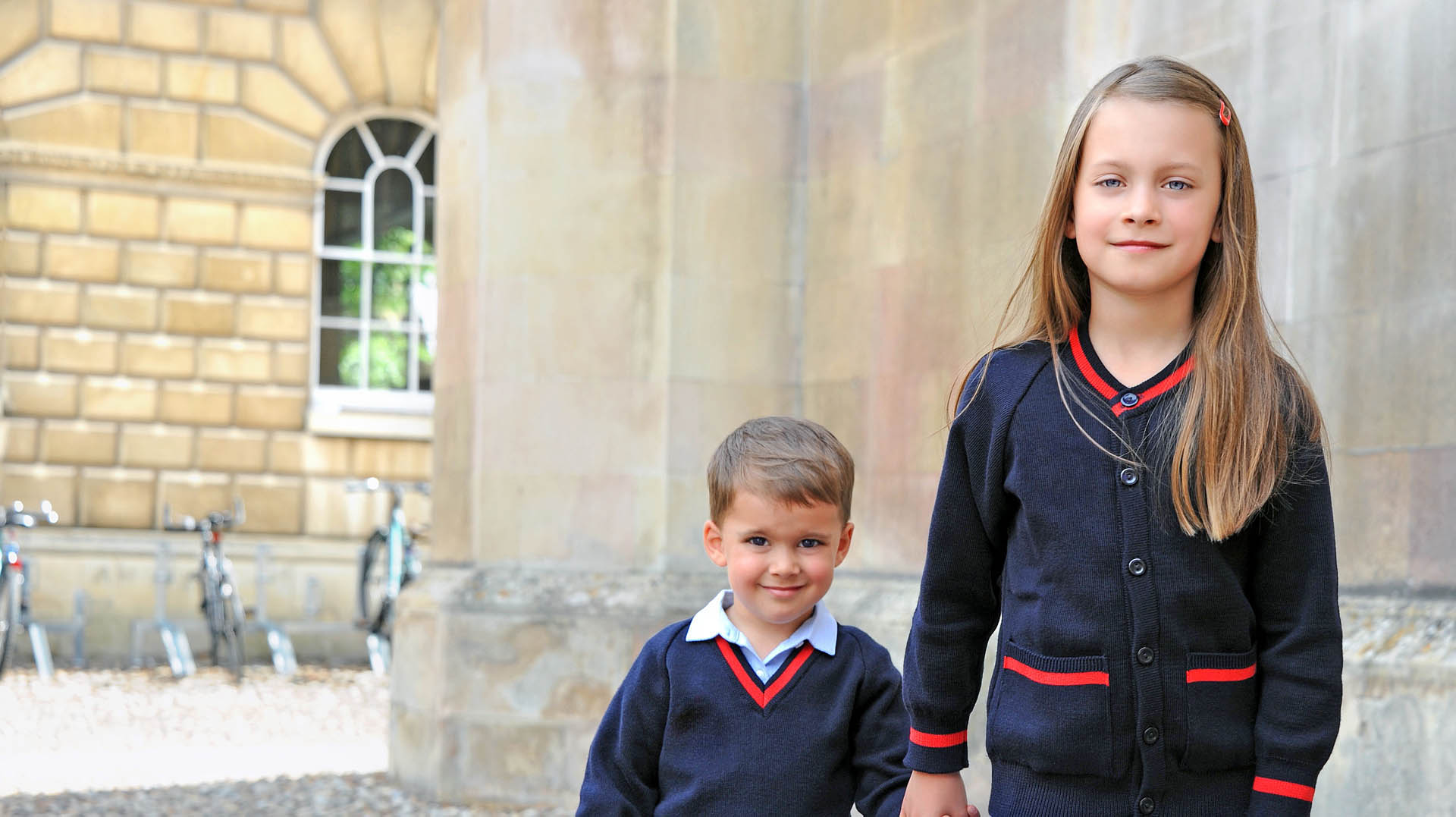
The independent school sector is in a state of flux, facing acute challenges that have already seen well established names being forced to close their school gates for good. One such example, the 180-year-old Ashdown House Preparatory School in Sussex, is an alma mater of prime minister Boris Johnson.
Financially independent schools have faced three main challenges: the understandable reduction in the number of overseas pupils due to the pandemic and its restrictions, the fact that unfortunately some fee-paying parents have lost their jobs, and the decision taken by most governing boards to cut fees in the summer 2020 term. Many have held fees down in autumn 2020 as well. As costs faced by these schools were little reduced (the main cost being teaching staff, most of whom carried on working), the budgets of schools were badly hit. Some schools closed, others merged or were sold to investors.
However, it is important to note that many of the independent schools who closed were generally small and already facing financial difficulties. Most independent schools survived, although many had to cut costs. Many were even able to help parents with bursary support.
On the flipside, while overseas pupil numbers dwindled and some families were simply unable to continue with the financial commitment, many headteachers at private schools commented that they had seen an extraordinary surge in inquiries from “unhappy” parents of state school pupils, with several schools across the country reporting a 20-30% increase in demand for places.
By their very nature – smaller class sizes, access to technology, teacher availability – many independent schools were able to offer a full timetable during the initial lockdown which put their pupils at a greater advantage; with just 3% of state funded primary and 6% of state funded secondary schools managing to provide real-time virtual lessons for pupils. Parents, desperate to ensure that their children do not fall behind have been fuelling the demand – especially given the day-by-day changes to plans for students in regard to 2021 GCSEs and A-levels.
Therefore, as is the story across many sectors, there are those who have struggled to find funding and have closed and those who have thrived during these uncertain times.
And, if there is one lesson we have learned, it will be a while before we get back to anything resembling normality. As we embark on a second nationwide lockdown, teachers will have to cope with juggling teaching as normal with the possibility that tomorrow they may have to revert back to online lessons. The future is far from certain. What is certain is that independent schools offering first rate education through flexible channels, who embrace technology, who deliver clear communication and support to children and their families, and who adapt their resources to meet the challenges of pandemic restrictions, will thrive.
En Avant Limited
e: georgieandnicola@en-avant.co.uk